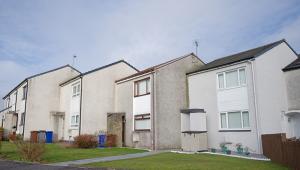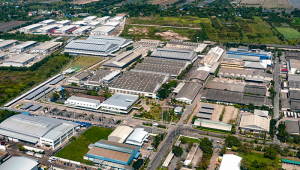Today’s report, Power to the people? Tackling the gender imbalance in combined authorities & local government, says there would need to be a more than 50% increase of female councillors in order to achieve a 50-50 ratio between the sexes.
Currently, a third (33%) of councillors are women, but they only make up 17% of council leaders. In the new mayoral combined authority boards, only 4% of constituent members are women and all six are led by men.
The study also found that in the past 20 years the proportion of women councillors has grown by just 5%. At this rate it will take another 68 years to reach 50-50 representation.
This compares with the 9% rise in the number of elected women in parliament from 2015 to 2017. However, even this record high of 208 female MPs only represents 32% of the House of Commons.
Clare McNeil, IPPR associate director, said: “It cannot be right in 2017 that there are barely any women represented in the leadership of our newest democratic institutions, the combined authorities.
“Efforts made to address this in Greater Manchester and elsewhere are to be welcomed, but radical change is needed if devolution is to be about bringing power to the people, rather than consolidating it among white middle-aged men.”
She called on political institutions and parties to introduce more ambitious quotas to improve representation in the short term.
“Local government should do more to encourage women to stand and support them effectively once they have been selected. Without these measures representation will continue to be deeply unequal,” McNeil added.
The IPPR suggested that if greater gender parity could not be achieved through these means then legislation should be enacted forcing councils to have a 60/40 split or better between elected men and women.
Andrew Bazeley, policy and insight manager at the women’s rights group, the Fawcett Society, said it was vital to get more female representation but progress has been “glacial”.
Fawcett research published earlier this year found that women’s representation went up by just 0.1% at 2017’s local elections.
Bazeley said: “The political parties need to take action immediately and set targets to improve women’s representation locally. If they don’t make progress, the IPPR is absolutely right to say that we need legislation to mandate it.
“The government also needs to act right now to break down the barriers that hold women councillors back, like a lack of maternity or childcare support.”
IPPR’s report calls on political parties and local government to:
- commit to achieving 50:50 balance in male/female party membership so as to increase the number of potential female candidates for councillor positions;
- back a national cross-party initiative similar to the Canadian Liberal Party’s successful ‘Ask Her to Stand’ scheme, which would aim to encourage 12,000 women to come forward and stand as a councillor to reach 50:50 by 2025;
- voluntarily make a commitment that no gender is represented by less than 45% of representatives on combined authority boards;
- appoint a deputy chair to combined authority boards (where this position does not already exist) and commit to the two top positions (chair and deputy chair) being filled by a man and a woman.



















